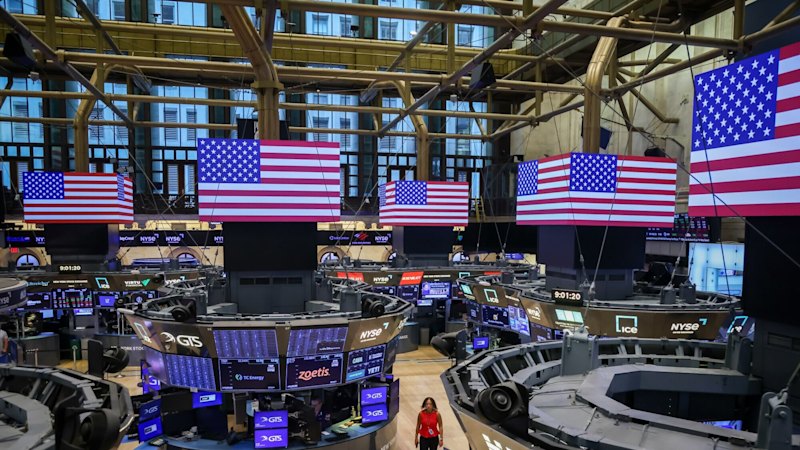
Australia’s superannuation sector, valued at approximately $4.3 trillion, is on track to deliver commendable returns for its members in 2023, despite recent volatility in the global markets. Influenced by a robust performance in international shares, particularly in the United States, many super funds are expected to achieve returns around 7.8 percent by the end of the year, according to research from Chant West.
As the year approaches its conclusion, the superannuation sector faces challenges, including concerns over a potential bubble in technology stocks and uncertainty regarding further interest rate cuts. Notably, the market experienced sharp fluctuations this year, highlighted by a significant sell-off in April, triggered by U.S. President Donald Trump‘s announcement of “Liberation Day,” and a recent decline that wiped out approximately $60 billion in technology shares.
Chant West’s analysis indicates that the typical growth fund, which allocates 61 to 80 percent of its assets to growth-oriented investments such as equities, achieved a return of about 1.2 percent in October alone. With six weeks remaining in the calendar year, Chant West’s head of superannuation research, Mano Mohankumar, reported that year-to-date returns for these funds remain at approximately 7.8 percent. If this trend continues, the results will surpass the sector’s historical average return of 7.1 percent over the past two decades.
Global Influence on Super Fund Performance
The performance of super funds has been significantly bolstered by returns from global share markets, particularly the U.S. market, where the S&P 500 has risen about 12 percent since the start of the year. In contrast, Australia’s own S&P/ASX 200 index has increased by approximately 3 percent. According to Matt Sherwood, head of investment strategy at Perpetual, the strength of the U.S. economy, excitement around artificial intelligence, and interest rate cuts from the U.S. Federal Reserve have contributed to this disparity.
Sherwood noted that U.S. companies have reported strong earnings, benefiting from increased revenues and effective cost management. He stated, “Overall, those factors have considerably outweighed the drag that was expected from the U.S. tariffs.” Nonetheless, recent sentiment in the market has shifted amid discussions about the sustainability of further rate cuts and the elevated valuations of major U.S. technology firms.
Investor sentiment has also been affected by a recent decline in the implied probabilities of an imminent rate cut by the Federal Reserve, alongside uncertainty regarding potential rate adjustments by the Reserve Bank of Australia.
Local Market Challenges and Future Outlook
The end-of-year assessments for super funds follow a strong performance in previous years, with typical growth funds recording returns of 9.9 percent in 2023 and 11.4 percent in 2024. A significant factor driving the positive results this year has been the performance of overseas share markets, which constitute about 31 percent of the assets in typical growth fund options, compared to approximately 25 percent in Australian shares.
Sherwood highlighted that Australia’s market has struggled this year, primarily due to high company valuations and limited growth prospects within the local economy. “Australia has been one of the worst-performing markets this year. That reflects the fact that the market is egregiously priced in a lacklustre economy,” he remarked.
As the year draws to a close, the outlook for Australia’s super sector remains cautiously optimistic, with potential risks ahead. If the anticipated returns materialize, members can expect a solid outcome, particularly given the prevailing economic uncertainties.







